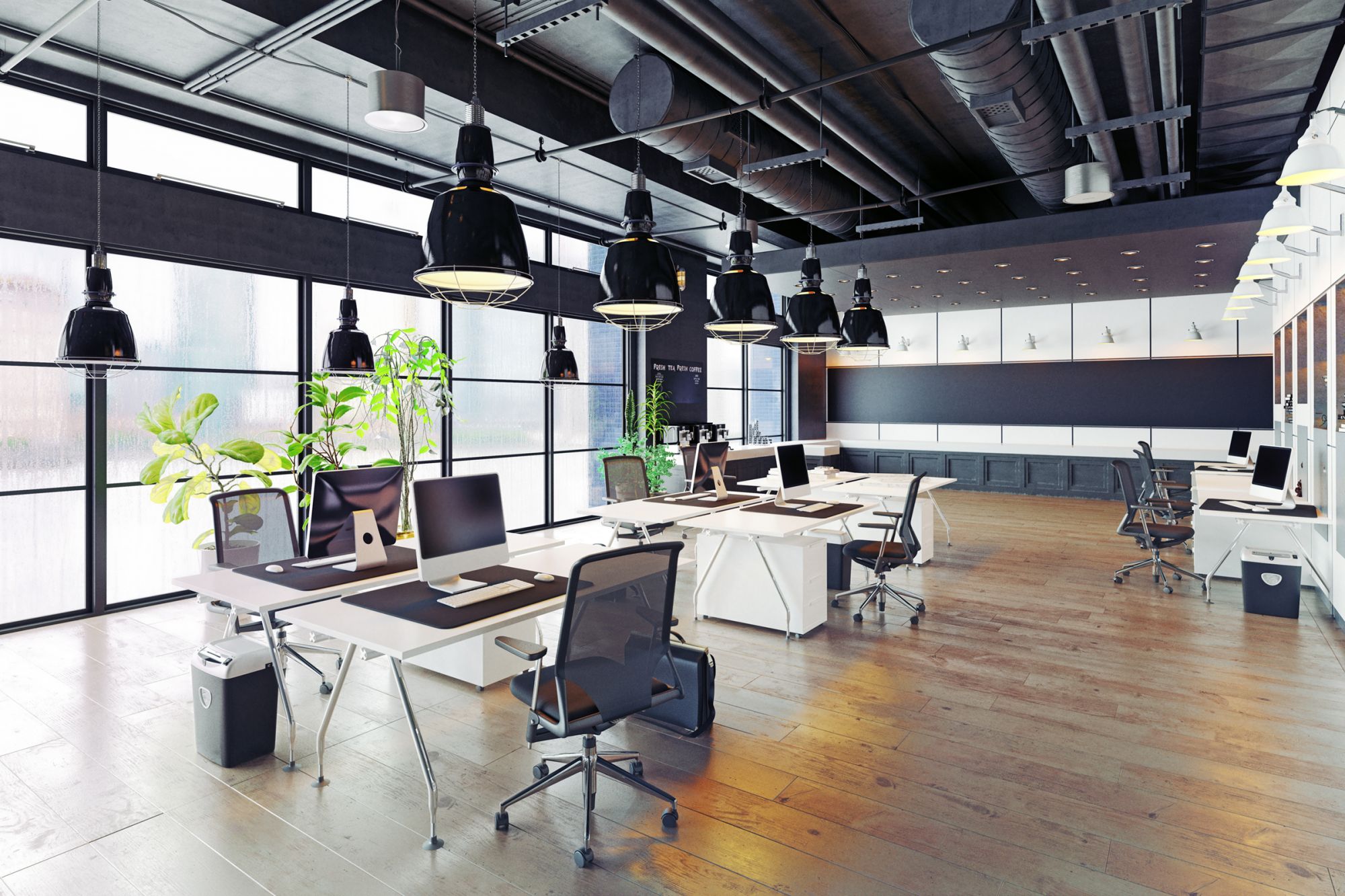5 Challenges You Face while Working in a Non Traditional Office Space The biggest advantage a co-working space offers is that everything is taken care of while you work and to accomplish this, the quality of service matters
Opinions expressed by Entrepreneur contributors are their own.
You're reading Entrepreneur India, an international franchise of Entrepreneur Media.

We spend a third to half the day at the office hence a majority of the time we are awake is spent within the domain of work. For this reason alone, every office should be a home away from home. Up till about three to four years ago, when picking an office space, the options were between having your own office space or taking up space in a ready to use the business centre. One could also throw in "the café' as a usual haunt for the entrepreneurs, freelancers or for quick meetings. Fast forward to now, with the advent of coworking spaces as well as private membership clubs, traditional models of office spaces are facing a revolution. More and more people are using coworking spaces as their home for business. They provide many benefits to professionals and companies from flexibility to cost savings to complete comfort but they can also pose challenges if we do not choose wisely. Design, infrastructure, culture, service and cost are all facets of a coworking space that one must consider carefully before choosing a space most suited to them as they can become challenges.
Culture
Co-working spaces abound with companies of various kinds and that creates a great melting pot. Just like individual streams combine to make a river with its own mind; the people-mix of a co-working space also creates an overall culture within it. Some co-working spaces have an abundance of start-up companies some have a more established business and some a mix of everything. Accordingly, the spaces also curate and contribute to the culture of the space. If this aspect is not carefully considered, it can cause a clash with the culture of your own company and can cause rifts.
Design
The design does not get enough importance in the role it plays in productivity. This applies not only to co-working spaces but also office spaces of any kind. If a co-working space is not designed thoughtfully it starts to show in client dissatisfaction. A basic issue of the design of coworking spaces is the balance between openness and privacy. You get plenty of the former but not enough of the latter. If you do not have spaces where people can focus and get some work done, then frustrations shall arise. Noise is another issue that arises with large swathes of open desks. Many people start to use headphones as a way to manage but that is not solving the problem. Good design can provide a balance in the types of spaces people require and regulate their proximities. A space that can allow for focused work and collaborative work as and when one requires it is the final winner for it gives autonomy to the user which in turn breeds an effective working culture.
Infrastructure
To be able to work in a reliable environment requires good infrastructure. Good internet, good chairs, good lighting and, in the cities of India, good temperature control. All of this is costly and due to this reason quite often ignored. Average infrastructure can ruin the experience on a daily basis and thus reduce productivity. Ask for clarity in these features as the experience lies in the details. If the right kind of infrastructure is used in a co-working space, then the user is comfortable and most importantly the cost savings for the users are large and beneficial.
Service
The biggest advantage a co-working space offers is that everything is taken care of while you work. To accomplish this, the quality of service matters. How receptive is the staff, how clean are the bathrooms and do you genuinely feel looked after? If none of this satisfies you then you might as well get a space of your own where you can control these aspects. Good co-working spaces provide great service and go one step further by providing help with all kinds of services from taxi bookings to insurance.
Cost
Co-working spaces can help reduce costs and help rental cash flow for businesses due to their low upfront costs and flexibility of lease terms. However, here again, one can be misled as some spaces have a lot of add-ons to the base price which sometimes is revealed once you are all set up. If the service and infrastructure are average, then the cost angle hurts all the more. It's best to have honest conversations with space prior to signing on the dotted lines and outline all your requirements, whether they be IT or parking, as that will help establish your major costs upfront leaving not much room for surprises later.
The use of coworking spaces requires a behaviour change and an adjustment that India is embracing quite well. If companies evaluate co-working spaces from these 5 perspectives, then these challenges can convert to advantages and help drive real benefit in setting up shop here.












